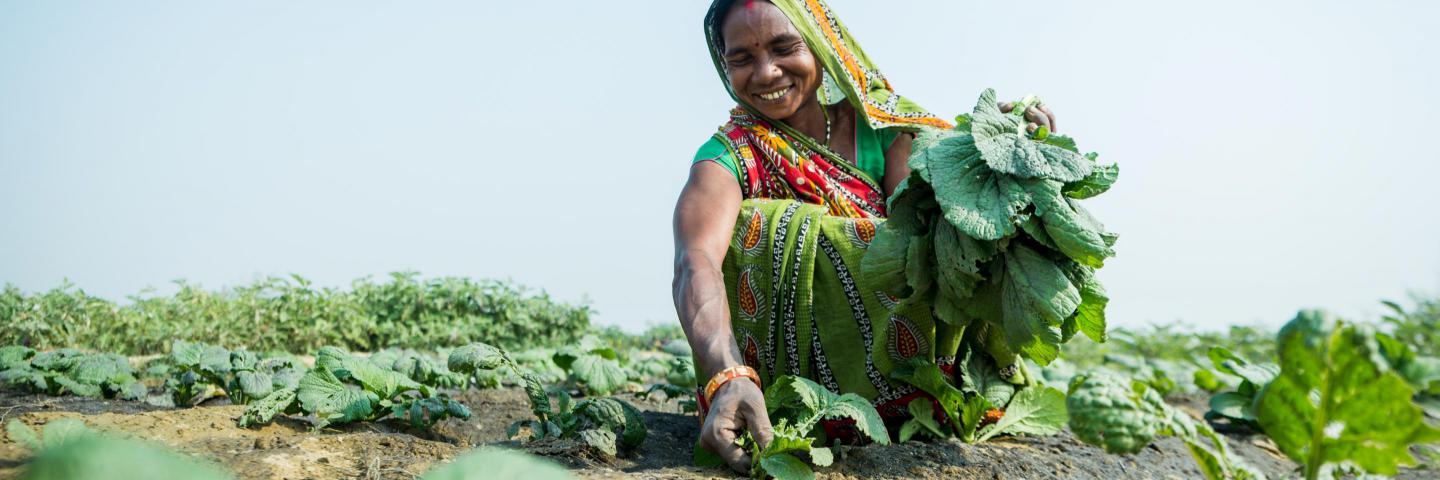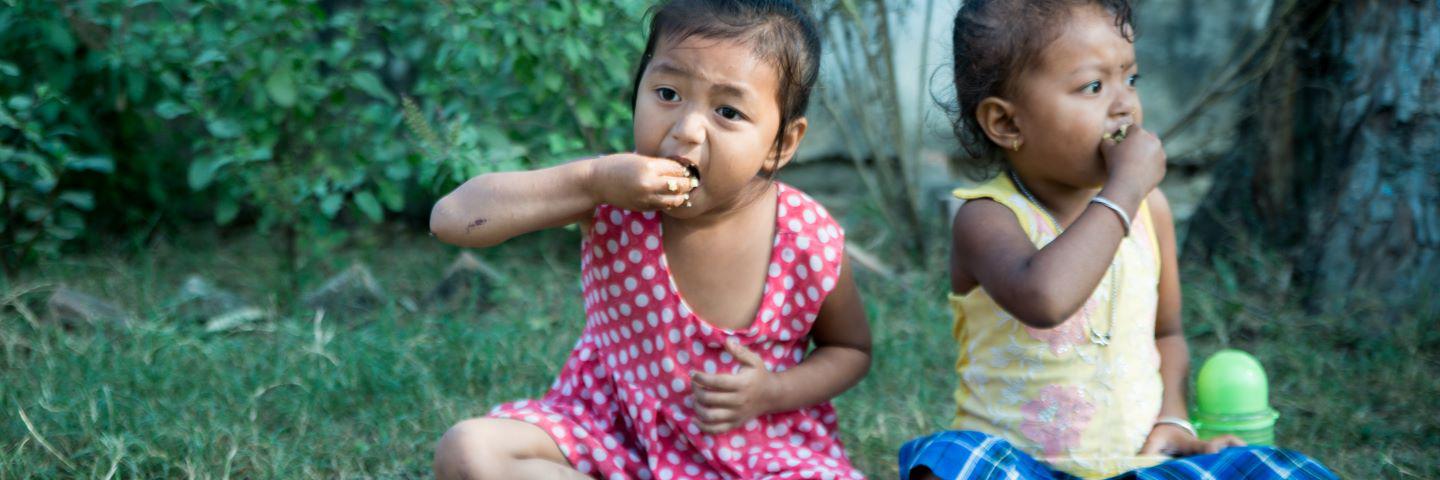

The Child Poverty Reduction thematic intent in Nepal is to end the intergenerational cycle of poverty to allow children to grow to their full potential by empowering families to improve their food security status and meet the nutritional, educational, and health needs of children.
What we do best
While household chronic poverty and economic vulnerability constitutes a main reason for child poverty, it is also well established that lack of awareness and sensitivity towards children’s development needs among parents and other caregivers exacerbates deprivation of children. Social protection programs have been proven to contribute to positive impacts for children on nutrition, health and education.
Currently, Save the Children has been working with families and children most in need to access different social protection schemes through empowering right holders and improving accountability and transparency of local governments. In order to improve the food security and income of vulnerable households without negatively impacting children’s well-being, Save the Children implements Food security and Livelihood (FSL) projects. T
hese projects adopt a two-pronged approach, i.e. enhancing household food production and increasing family incomes. In the emergencies, impacted families are supported with cash and vouchers to meet the immediate needs of the children and families. Over 400,000 youth (16–25 years of age) enter the labour market every year (ADB/SDP mission report, 2014) in Nepal.
The children and youths have very limited opportunities for personal development and to benefit from educational and economic opportunities due to multiple factors associated with poverty, inaccessibility, and limited resources and skills required to explore and utilize the opportunities. In order to address these issues and help adolescents and youth to successfully transition to adulthood by breaking the vicious circle of intergenerational poverty, Save the Children designs and implements Adolescents’ Skills for Successful Transitioning (ASST) programs.
These programs consist of life skills and career counselling activities followed by market relevant skills including vocational and entrepreneurial trainings with links to opportunities to practice and internalize these skills. Save the Children with its tried and tested tools and resources work with families not only to help them improve their food security and income but also to increase the investment on children’s well-being. We track family expenditures on their children and ensure child-sensitivity in all our programs, maximizing the benefits for children and minimizing any harms such as child labor.
We have kept climate resilience at the center of our food security and livelihood programs/projects so that families, women and youths have the capacity to cope with the negative consequences of climate change
Future directions
Save the Children will focus on creating assets for poverty reduction, improving food security and income of families, enhancing their access to the government’s social protection programs.
Shock Responsive Social Protection (SRSP) programmes will be introduced to help families and caregivers to prepare for, cope with and recover from shocks and stresses without compromising children’s rights.
We will focus on adolescents and youth for their successful transition by equipping them with economic and crisis adjustment skills. Capacity building of the training providers and strengthening of Technical and Vocational Education and Training (TVET) system is one of the priority areas of our new Country Strategic Plan (2022-2024).
